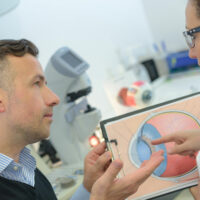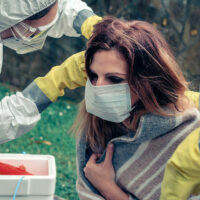
7 traditional hot spots for the flu
Influenza or flu is an acute respiratory infection caused by influenza viruses, which could spread between people when they cough or sneeze. Individuals recover without treatment in most cases but often wonder how to reduce their risk of infection, especially since they might be exposed to other people with the virus at home or outdoors. Here are a few traditional flu hot spots one should know about and approach with caution. Door knobs One of the most common places for the flu virus to thrive is door knobs. An infected individual might cough and touch the door handle, transferring the virus to it. When another individual touches this surface and then touches their eyes, nose, or mouth, the virus enters their body and makes them sick. One must, therefore, clean doorknobs regularly with disinfecting wipes or sprays to control the spread of viruses like influenza. Dish sponges and rags One should dispose of discolored and worn sponges after a week and wash dish rags and towels every three to five days. Germs and viruses usually thrive in these kitchen utilities, increasing the risk of illnesses. Another common place where germs and bacteria flourish is the kitchen sink’s drain flange. The region requires frequent disinfection and cleaning.
Read More. 














